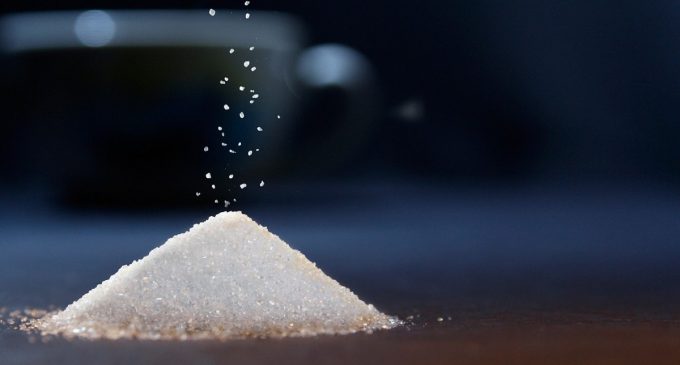Changing Consumer Tastes Drive Long-term Global Sugar Market Slowdown

The consumers’ shift away from sugar consumption is an important driver behind significant changes in the food and beverage industry. These changes will have long-term ramifications, including a likely slowdown in the worldwide sugar market, according to the latest report of Rabobank ‘Sweetness and Lite’.
A combination of changing preferences, product reformulations and government pressure have caused structural changes in the way sugar is perceived and consumed worldwide. “The consumer shift away from sugar has become a global trend,” Rabobank Senior Analyst Nick Fereday says. “This is a big deal for the sugar industry and cannot be dismissed as a passing fad or wished away.”
 While the authors of the report, Rabobank Global Strategist Andy Duff and Rabobank Senior Analyst Nick Fereday, do not intend to act as ‘judge and jury’ on sugar and related sweeteners in the report, they identified the primary reasons why consumers are moving away from sugar, including:
While the authors of the report, Rabobank Global Strategist Andy Duff and Rabobank Senior Analyst Nick Fereday, do not intend to act as ‘judge and jury’ on sugar and related sweeteners in the report, they identified the primary reasons why consumers are moving away from sugar, including:
* More consumers adopting low-sugar diets instead of ones that focus just on fats because they see sugar and refined carbohydrates as the main culprits in obesity.
* The increase in legislation penalizing sugar-laden beverages, such as a tax on sugary soft drinks in countries such as Chile, Egypt, Mexico, South Africa and Thailand and in major metropolitan areas in the US.
Companies in the food industry are responding for instance by including overhauling ingredients, decreasing portion sizes and diversifying their corporate portfolios.
It is estimated that, if initiatives by companies and governments were to achieve a significant (5 percent or above) reduction in global food and beverage sector sugar use over a two- to three-year implementation period, it would offset much of the expected global growth in consumption during this period. In addition, the outlook for industrial sugar use depends heavily on consumption trends in emerging markets.
“The rate of growth of global sugar consumption in the coming 15 years is likely to be lower than the growth rate seen in the last 15 years,” Andy Duff says.

































